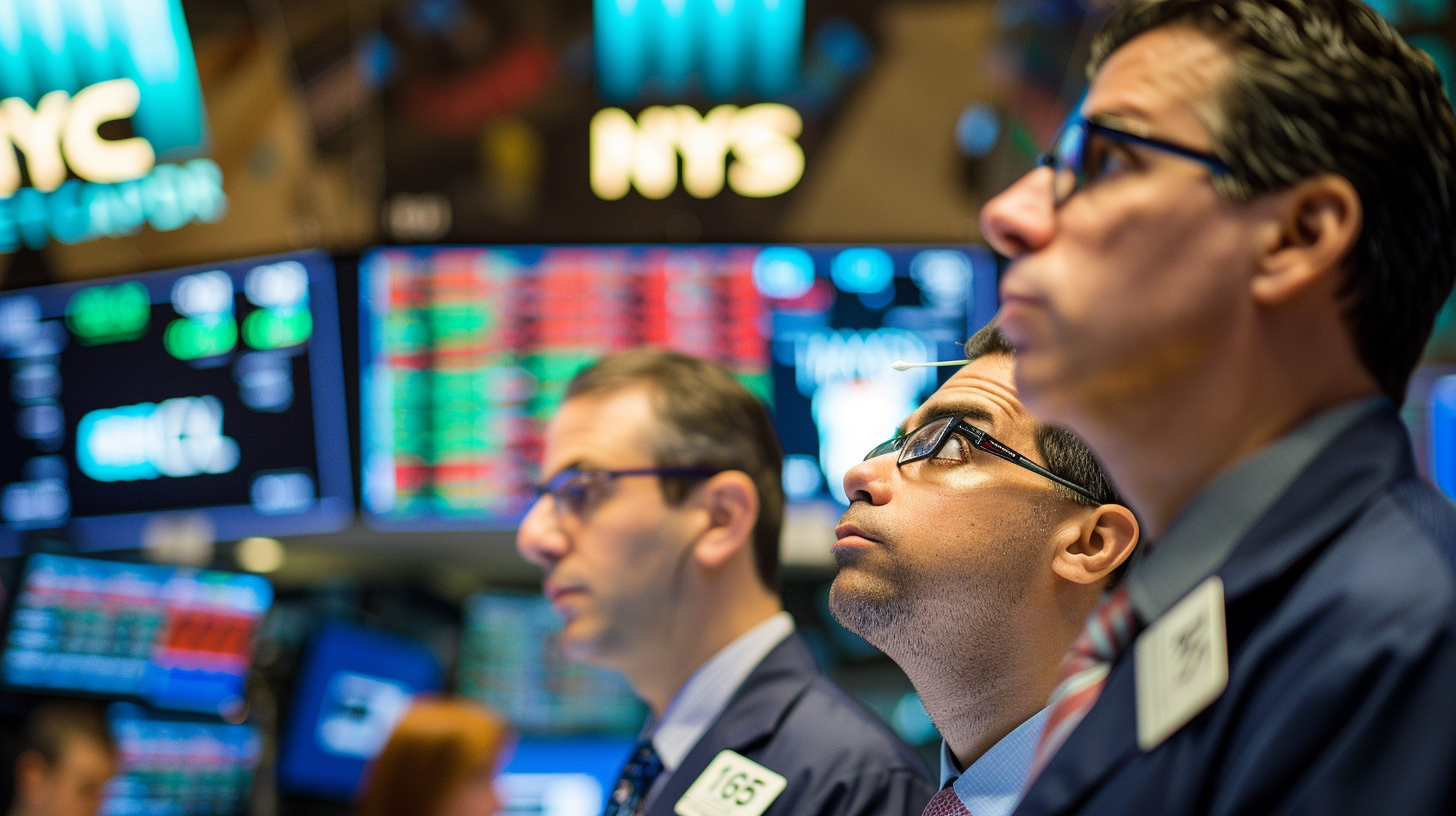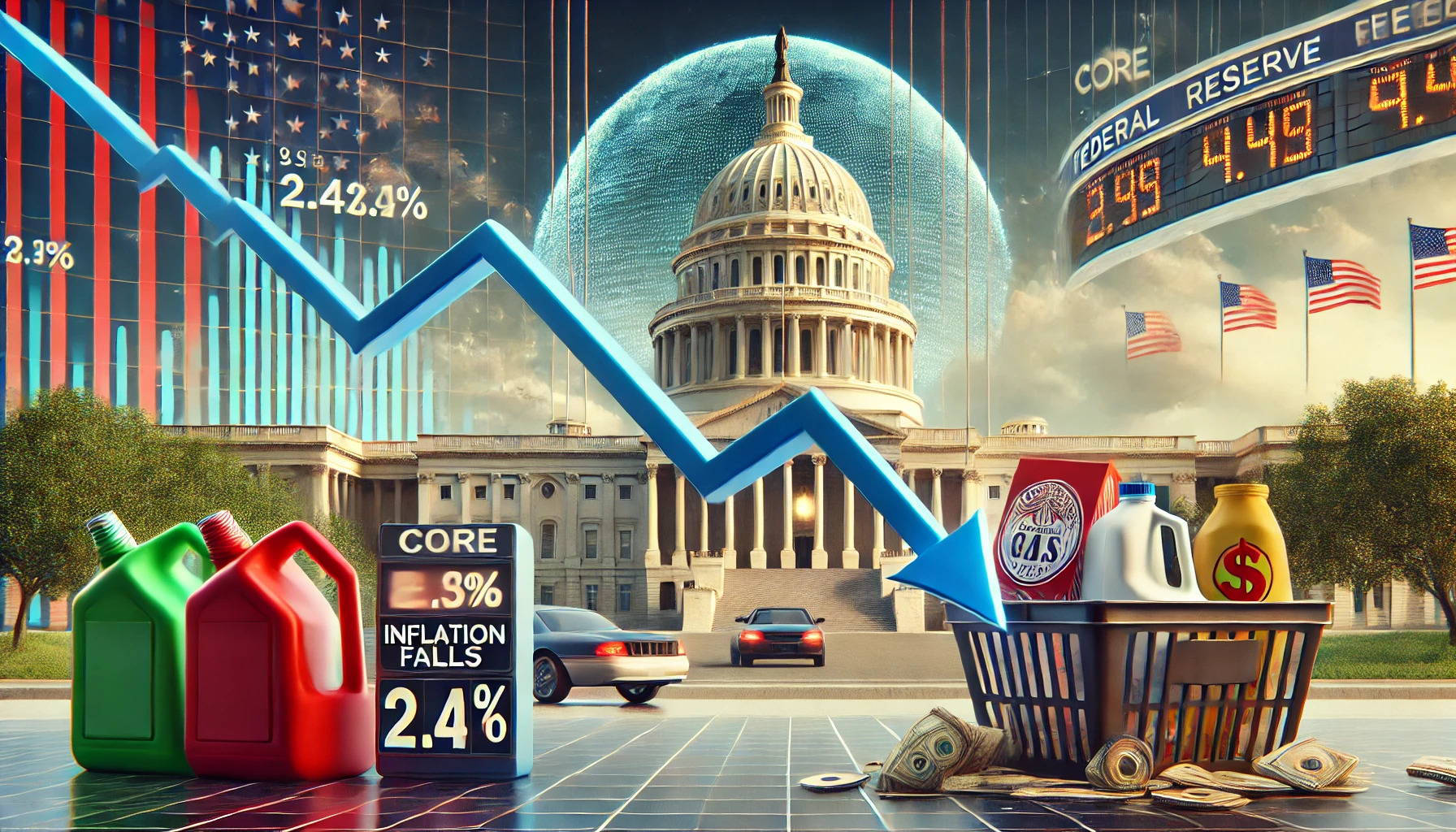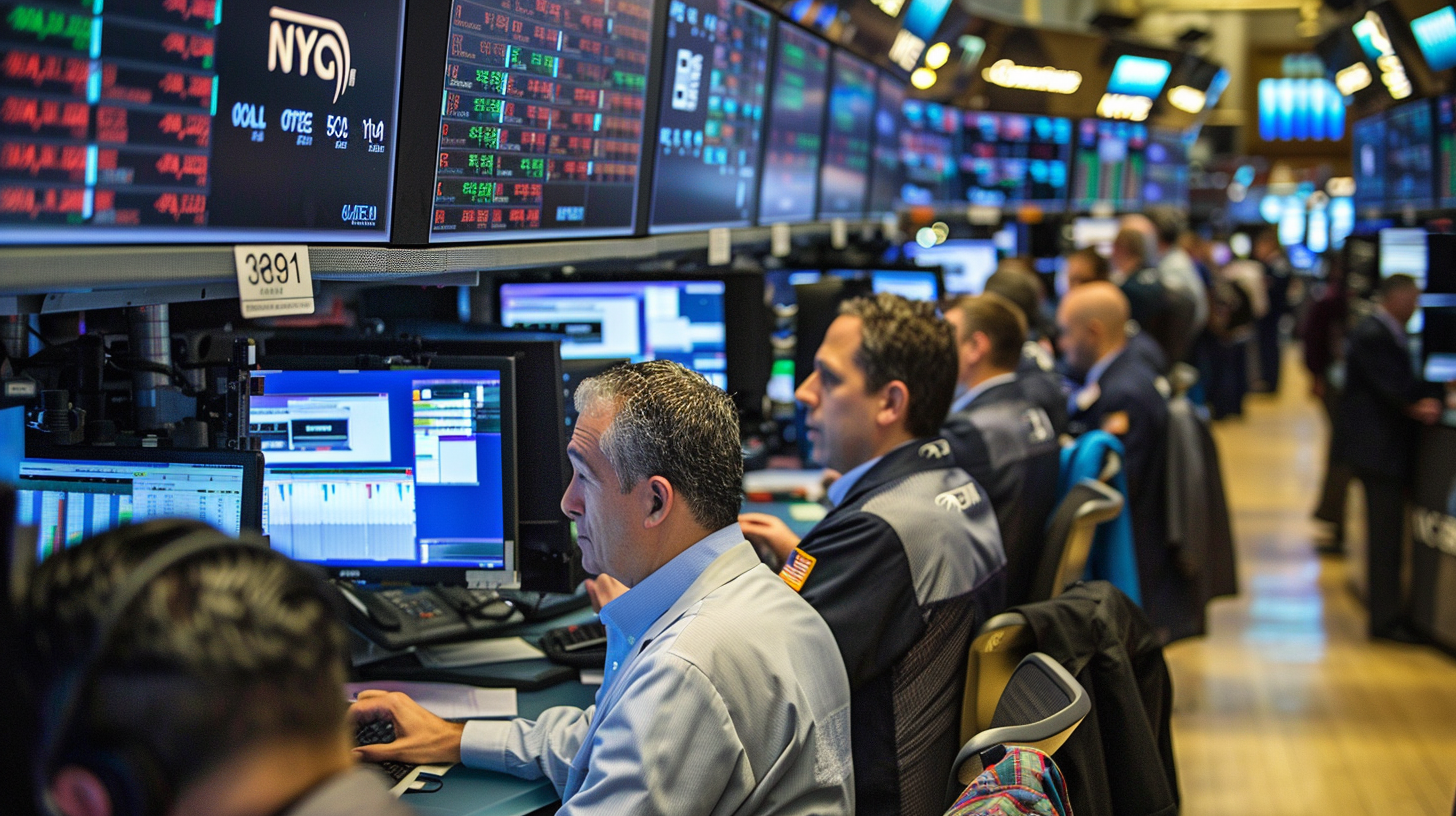As the Trump administration’s second term progresses, we’re witnessing a potential regime change in market dynamics. After years dominated by tech giants and trade war concerns, America’s mounting debt burden is now taking center stage.
From Tariff Wars to Debt Anxiety
Market sentiment is pivoting from U.S.-China trade tensions toward debt sustainability. With CBO projections showing U.S. debt potentially exceeding 120% of GDP by the mid-2030s and persistent budget deficits around 6% of GDP, investor psychology appears primed for a significant shift.
This isn’t merely academic—it has real implications for capital flows. As global reserve managers begin questioning the “risk-free” status of U.S. Treasuries, we could see demands for higher real yields or diversification into alternative sovereigns, keeping the long end of the U.S. yield curve stubbornly high.
The Magnificent Seven Losing Momentum
The market’s recent run has been fueled by a handful of technology giants. However, structural factors suggest these mega-cap stars may be losing steam, creating opportunities in the previously overlooked small-cap sector.
The mathematics of valuation makes this shift compelling: Big Tech stocks trade on multi-decade cash flow projections. When the term premium rises 100 basis points, these long-duration assets can see their DCF values erode by 10-15%. By contrast, small-cap earnings are front-loaded, making their valuations less sensitive to rate shocks.
Refinancing Reality
Companies that previously benefited from ultra-low borrowing costs now face a sobering reality. Many companies that recently refinanced debt must contend with significantly higher servicing costs.
This challenge extends to the federal level. U.S. government debt that once carried interest rates near zero is now being rolled over at 4-4.5%—representing a 50-60% increase in servicing costs and potentially accelerating debt anxiety.
The Small-Cap Advantage
Four structural factors suggest quality small-cap stocks could outperform:
- Valuation Metrics: The Russell 2000 (ex-negative earners) has a forward P/E of approximately 14x versus the S&P 500’s 20x—a discount in the 15th percentile of the past 25 years.
- Tax Policy: Large multinationals have historically benefited from profit-shifting strategies. As corporate tax policies adjust, domestic small firms—already paying close to statutory rates—may feel less relative impact.
- Capital Allocation: Higher yields raise the hurdle for debt-funded buybacks that have powered S&P 500 EPS growth. Small caps, which tend to focus more on reinvestment, may gain a relative advantage.
- Dollar Dynamics: The Russell 2000 derives approximately 80% of its revenue domestically. If debt concerns lead to dollar weakness, these companies may experience less FX pressure than multinational exporters.
Historical Patterns
Looking at previous episodes (1974-1979, 1999-2002, 2002-2006), we find a consistent pattern: periods of fiscal stress and rising term premiums have coincided with small-cap outperformance ranging from 22 to 70 percentage points over their large-cap counterparts.
Fixed Income Competition
As interest rates climb, bonds become increasingly attractive alternatives to stocks. This dynamic could particularly pressure tech giants’ lofty valuations, while reasonably valued small caps with strong fundamentals may hold up better in this competitive landscape.
A Stock Picker’s Market
We’re likely entering a “stock picker’s market” where the era of rising-tide-lifts-all-boats index investing is waning. If economic growth stagnates under the weight of debt concerns and higher interest rates, broad market indexes will struggle to deliver the returns investors have grown accustomed to over the past decade.
In this environment, the ability to identify individual companies with unique advantages becomes paramount. Those capable of spotting opportunities—particularly in the small-cap space where market inefficiencies are more common—stand to realize potentially outsized returns compared to passive index holders. As alpha generation becomes more challenging in mega-caps, skilled fundamental analysis and security selection will likely differentiate performance outcomes.
Risk of Market Consolidation
A significant risk in the current climate is prolonged sideways movement or consolidation in the broader market. This economic phenomenon occurs when asset prices increase even as the real economy shrinks—creating a disconnect between market valuations and underlying fundamentals. Such periods can be particularly challenging for index investors who rely on general market appreciation rather than specific security selection.
This environment of stagnant indexes coupled with pockets of opportunity may drive increased speculative interest in small-cap stocks. As investors search for growth in a growth-starved market, smaller companies with unique value propositions or disruptive potential could attract disproportionate attention and capital flows, creating both opportunities and volatility in this segment.
Investment Implications
For portfolio construction, this evolving landscape strengthens the case for quality small caps versus indexes dominated by duration-sensitive technology giants. Investors should focus on small companies with strong balance sheets, sustainable competitive advantages, and predominantly domestic revenue exposure.
As the market narrative shifts from tariffs to debt sustainability and broad index returns become more challenging, positioning ahead of this potential rotation and developing robust security selection capabilities could prove a prescient move for forward-thinking investors.












